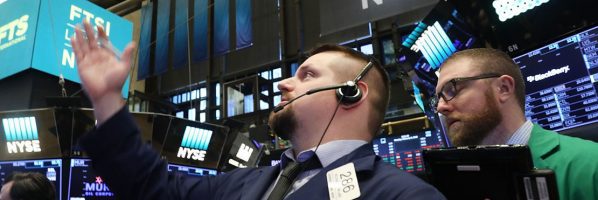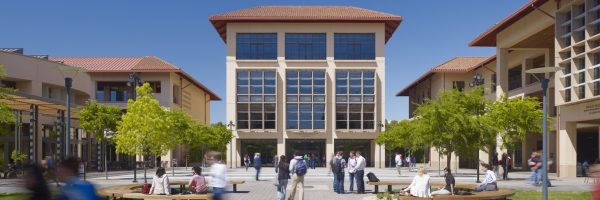New Stanford Study Looks the Effect of the Status Quo Bias

There’s a bias to keep things the way they are, even if things aren’t going well, according to the Stanford Graduate School of Business. But what is the efficacy of the so-called “status quo bias?”
Nobel Prize-winning economist Richard Thaler and Cass Sunstein’s 2008 book Nudge popularized the default effect, which explains that if consumers are offered a “side dish of salad instead of fries,” for instance “then people [will] eat more salad.” In other words: “we tend to stick with what we’re given.”
In new research published in Proceedings of the National Academy of Sciences, Stanford Professor of Management Margaret Neale and Hong Kong University of Science and Technology Professor David Daniels, along with Stanford graduate students Julian Zlatev and Hajin Kim conducted an experiment to put this notion to the test. To their surprise, the experiment revealed that the exact opposite was true.
In the context of a game, “choice architect” attempts to convince a “choice maker” to select one option over the other. However, before the “choice architect” presents any options to the “choice maker,” Zlatev explains that “the choice architect was able to select which option showed up as the default.”
“When we looked across all of the studies, people chose to set the desired option as the default roughly 50 percent of the time.”
This phenomenon, which the researchers dubbed “default neglect” came as a surprise due to the fact that many participants “demonstrated a partial intuitive grasp of reasons why defaults can sway individual choices.”
“If you prompt people about specific reasons why people tend to stick with defaults, then they’re more likely to give you a reasonable answer,” Daniels says. “When left to their own devices, choice architects didn’t seem to spontaneously consider why people might be susceptible to defaults.”
Neale believes that the presence of default neglect exerts an invisible but potent influence on our decisions. “These are small changes in how we present decisions that can dramatically affect the quality of people’s lives, the quality of their communities and the larger world. But we don’t use defaults because we don’t realize in any kind of day-to-day environment how powerful these things are.”
Which Graduate Business School Students Have The Highest GMAT Scores?

Along with required work experience and undergraduate prerequisites, prospective MBA students also look at the average scores on the Graduate Management Admission Test (GMAT) for a certain school they are interested in applying to.
According the Graduate Management Admission Council, the exam is used as part of the admissions process for more than 6,100 graduate programs around the world. A GMAC study found that 261,248 GMAT exams were taken by prospective MBA students during the 2016 test year. The report also shows that less than 30 percent of scores were 650 or higher. The GMAT has a maximum score of 800. Continue reading…
